The 1920s was a time of fast talk, big personalities, and plenty of colorful slang.
If someone was spouting nonsense, people had no shortage of words to call it out.
Some of these terms have stood the test of time, while others have faded into obscurity.
Whether it was “baloney,” “hooey,” or the delightfully over-the-top “phonus balonus,” the decade had a flair for dismissing rubbish with style.
Many of these words took root in American English, but some were used more widely.
From playful exaggerations to outright dismissals, these slang terms capture the spirit of an era that didn’t have time for nonsense.
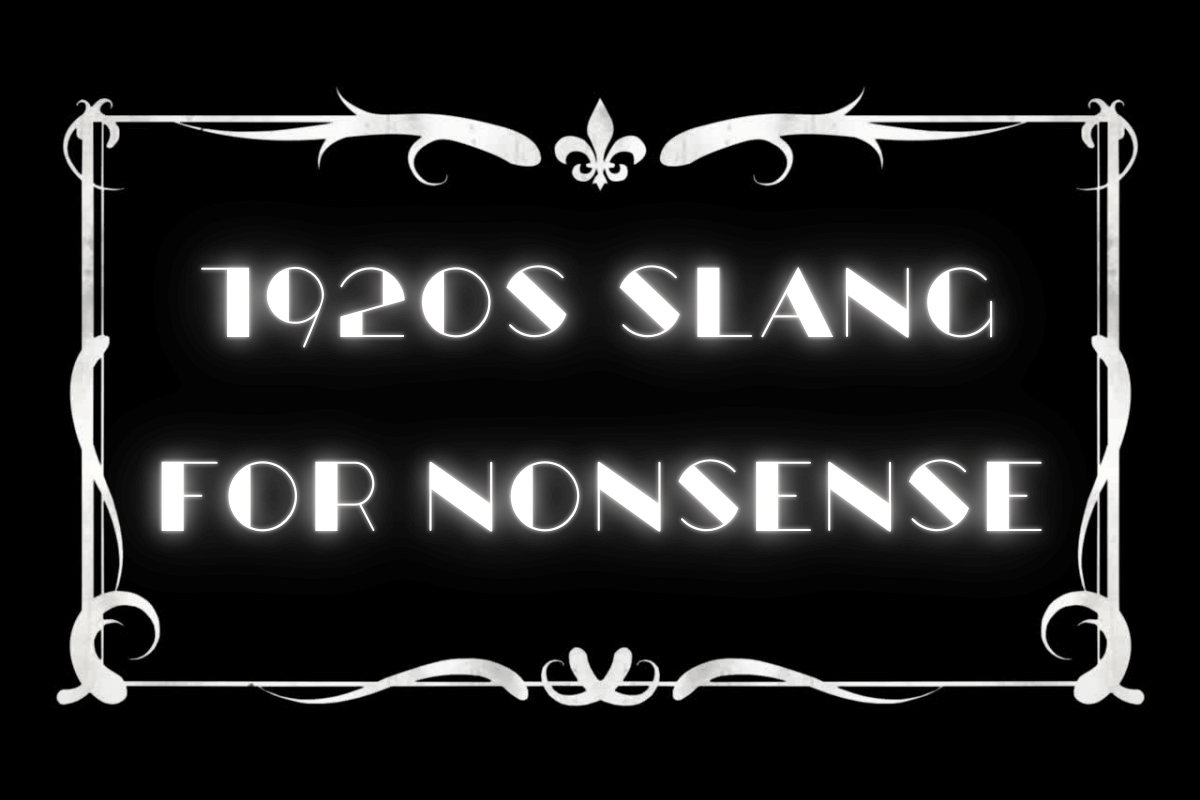
1920s Slang For Nonsense
Applesauce
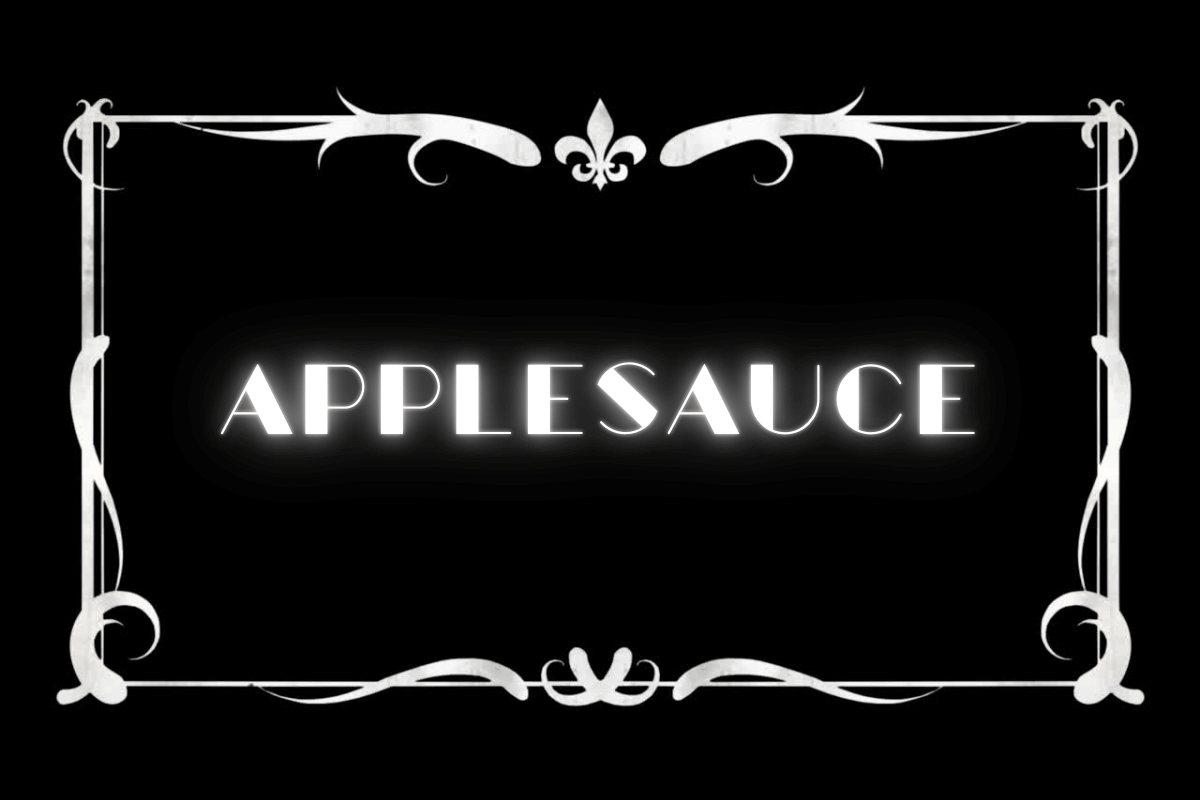
“Applesauce” might sound innocent, but in the 1920s, it was a sharp and stylish way to call out nonsense.
Whether someone was stretching the truth or just talking rubbish, this playful term let them know they weren’t fooling anyone.
It was used much like “baloney” or “hooey” to brush off exaggerated claims, empty promises, or outright lies.
The exact origins of “applesauce” as slang are unclear, but it fit right in with the fast-talking, wisecracking style of the era.
It popped up in conversations, literature, and films, often used by characters who didn’t have time for foolishness.
Examples in sentences:
- “You expect me to believe that applesauce?”
- “That’s a load of applesauce if I’ve ever heard it.”
- “He keeps feeding me applesauce about how rich he is.”
- “Don’t give me that applesauce—just tell me the truth.”
- “His excuse was pure applesauce, and everyone knew it.”
Balderdash

“Balderdash” might sound fancy, but it’s been calling out nonsense for centuries.
While the word dates back to at least the 16th century, it was still going strong in the 1920s, used when someone was spouting pure drivel.
Whether it was a tall tale, a ridiculous argument, or just plain gibberish, “balderdash” was a go-to word to dismiss it.
Originally, “balderdash” referred to a strange mix of liquids, but by the time the Roaring Twenties rolled around, it firmly meant spoken or written nonsense.
It was especially common in Britain, but Americans knew it well, too.
Examples in sentences:
- “Don’t listen to his story—it’s complete balderdash.”
- “All that talk about easy money is just balderdash.”
- “The politician’s speech was full of balderdash and empty promises.”
- “She tried to explain the scheme, but it sounded like balderdash to me.”
- “If you believe that, you’ll believe any old balderdash.”
Baloney

“Baloney” became one of the most iconic slang words for nonsense in the 1920s, particularly in the U.S. If someone was spouting ridiculous claims or stretching the truth a little too far, you’d hear “That’s a load of baloney!” It was a dismissive way of saying someone was full of it.
The exact origin is debated, but it likely comes from “bologna,” the sausage, implying something cheap or phony. Others suggest it’s related to “blarney,” an old Irish term for smooth-talking nonsense. Either way, by the Jazz Age, “baloney” was firmly established as a way to call out absurdity.
Examples in sentences:
- “You really expect me to believe that baloney?”
- “All that talk about easy riches is just a bunch of baloney.”
- “Don’t fall for his excuses—they’re pure baloney.”
- “She claimed to be royalty, but that was obviously baloney.”
- “I know a tall tale when I hear one, and that’s baloney.”
Banana Oil
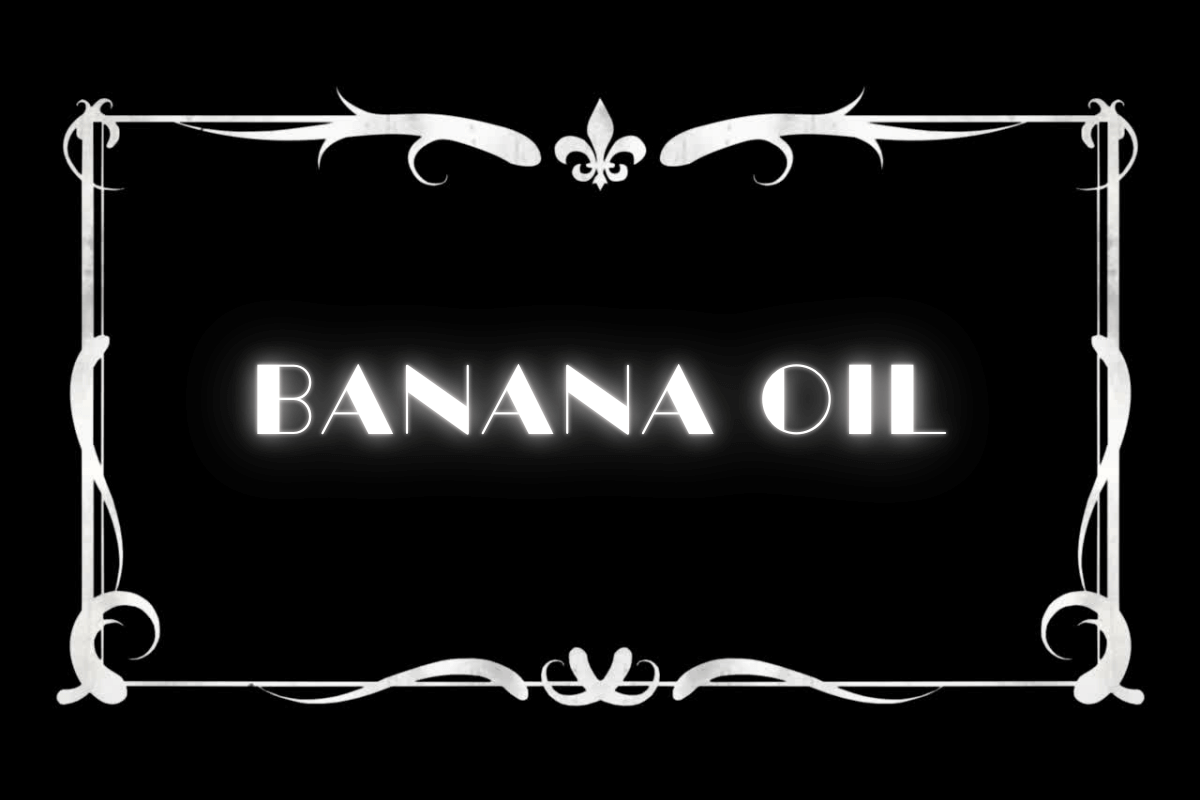
“Banana oil” was a popular way to dismiss phony compliments or exaggerated claims in the 1920s.
If someone was laying it on too thick—whether in romance, business, or just everyday chatter—you might hear, “Cut the banana oil!” It meant you weren’t buying their nonsense.
The phrase likely comes from the fact that real banana oil (amyl acetate) had a strong, artificial banana scent—pleasant but obviously fake.
Just like the oil, sweet words could be appealing but completely insincere.
This made “banana oil” the perfect slang for empty flattery and smooth talk that didn’t hold up under scrutiny.
Examples in sentences:
- “You’re the best boss ever? Come on, cut the banana oil!”
- “He told her she was the greatest actress of her time—what a load of banana oil.”
- “Don’t try to butter me up with that banana oil.”
- “His sales pitch was nothing but banana oil from start to finish.”
- “I know he’s full of banana oil, but he sure makes it sound convincing.”
Blather
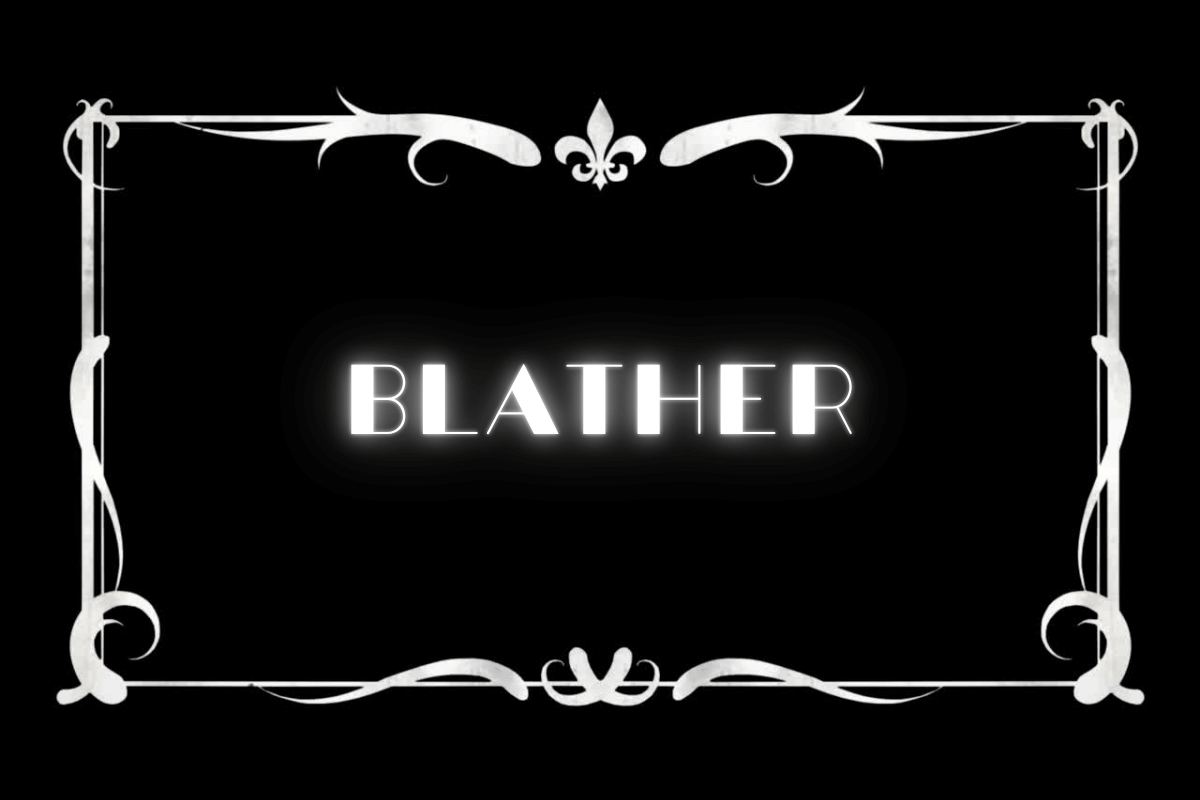
“Blather” was a well-established word by the 1920s, often used to describe someone who talked too much without actually saying anything of substance.
If a person was droning on and on about something trivial or making little sense, they were guilty of blathering.
The word itself has older roots, tracing back to Scottish and Irish origins, but it fit right in with the fast-talking, no-nonsense attitude of the Jazz Age.
It was often used to dismiss idle chatter or exaggerated storytelling, especially when someone just wouldn’t get to the point.
Examples in sentences:
- “Enough with the blather—get to the good part!”
- “She blathered on about her vacation for hours.”
- “Don’t listen to his blather; he doesn’t know what he’s talking about.”
- “The professor’s lecture was nothing but blather and theories.”
- “I tuned out his blather after the first ten minutes.”
Bunk
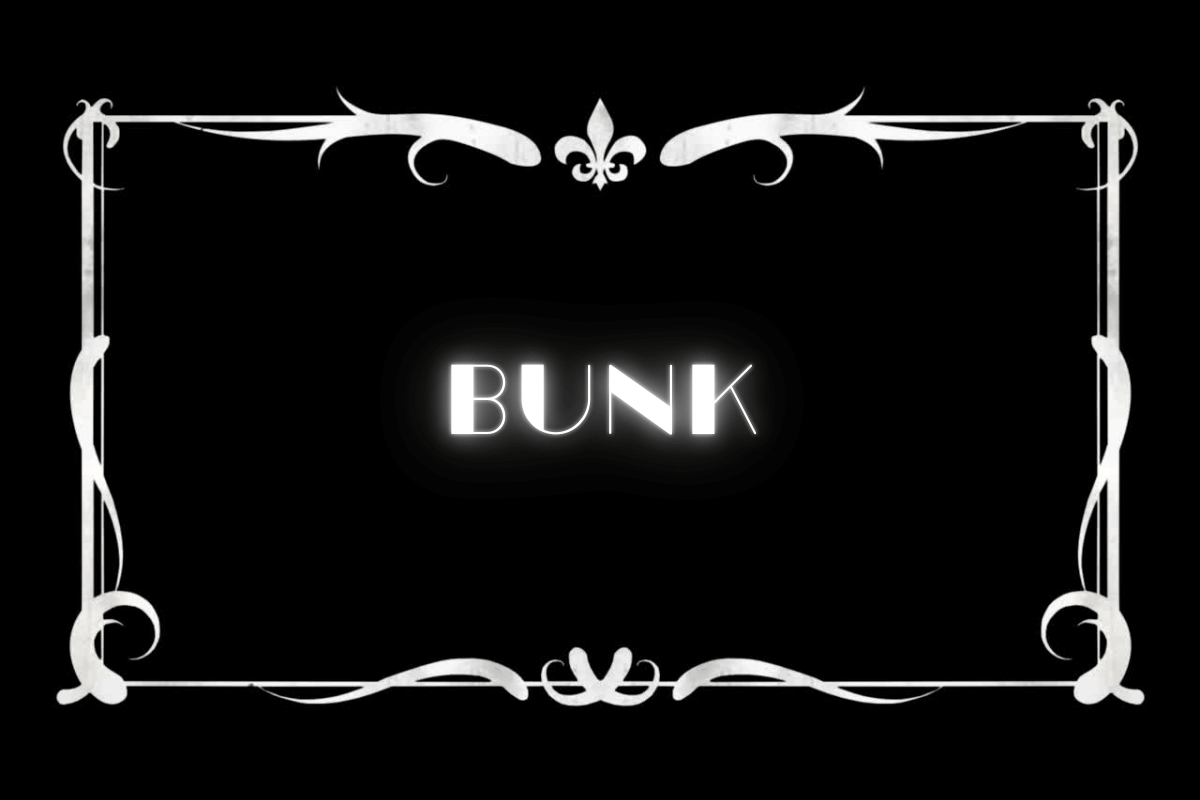
“Bunk” was a widely used term in the 1920s to dismiss something as complete nonsense.
If someone was spouting off exaggerated claims, far-fetched stories, or outright lies, you might hear someone say, “That’s a load of bunk!”
The word itself comes from “bunkum,” which dates back to the early 19th century.
It originally referred to a pointless speech given by a politician from Buncombe County, North Carolina.
Over time, it was shortened to “bunk” and became a popular way to call out falsehoods or empty talk.
Examples in sentences:
- “Don’t believe a word he says—it’s all bunk!”
- “That story about him wrestling a bear is pure bunk.”
- “She tried to sell me some bunk excuse for being late.”
- “Politicians always promise big changes, but most of it turns out to be bunk.”
- “I read an article full of bunk about a miracle diet.”
Drivel
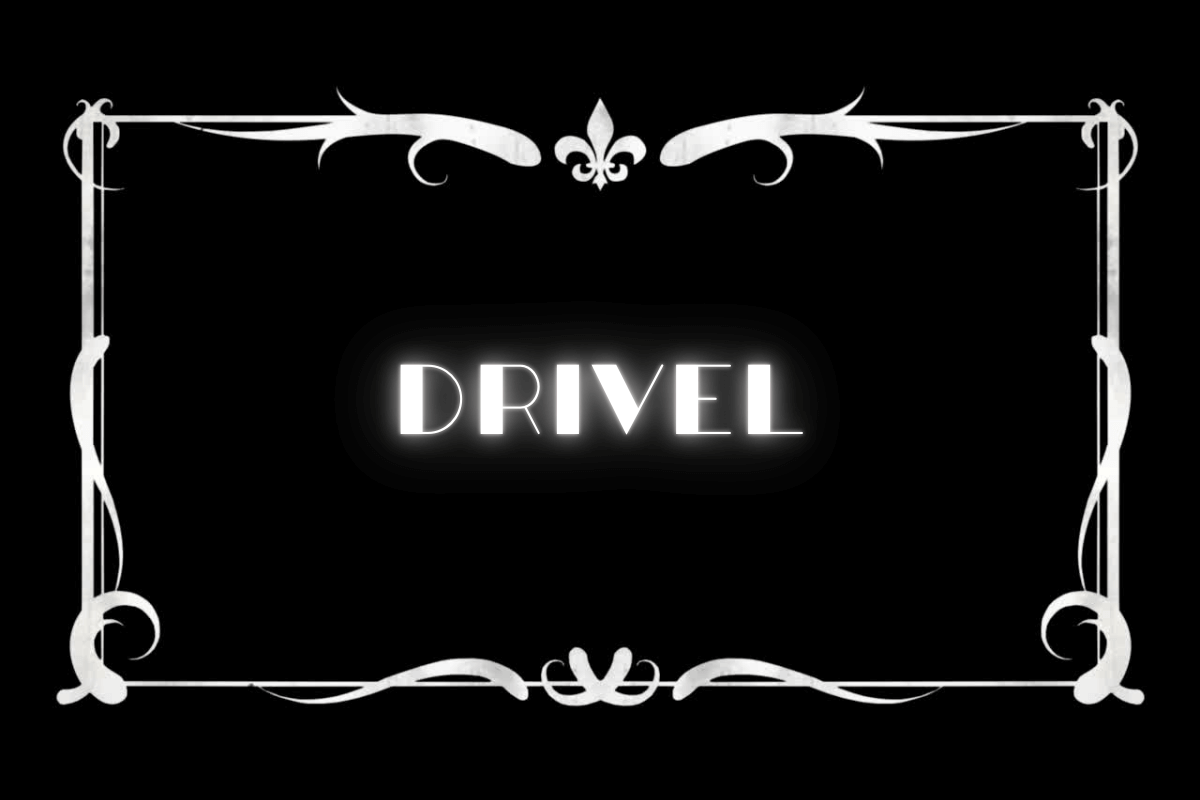
“Drivel” was commonly used in the 1920s to refer to senseless, meaningless talk or writing.
If someone was speaking in a way that made no sense or was just rambling on without purpose, you might call it drivel.
The word has its roots in the early English word “drivel,” meaning to slobber or drool, which then extended metaphorically to describe nonsense or foolish chatter.
By the Jazz Age, it had found its way into everyday slang, often used with disdain to dismiss something as unworthy of serious attention.
Examples in sentences:
- “Stop the drivel and get to the point!”
- “I can’t believe he’s still going on with that drivel.”
- “All that talk about ghosts is just drivel.”
- “Her novel was full of drivel that didn’t make any sense.”
- “I didn’t listen to his drivel about the stock market.”
Hooey
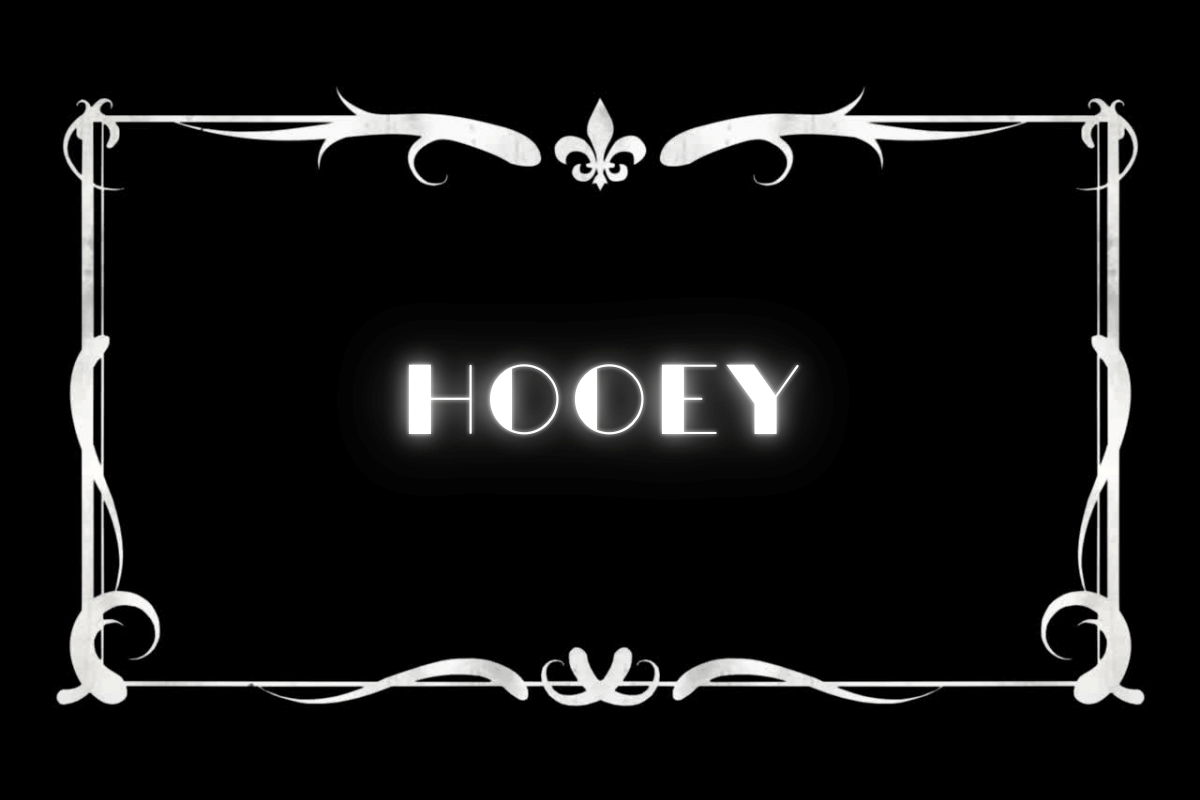
“Hooey” became a popular slang term in the 1920s, especially in the United States, to describe something that was complete nonsense.
If someone was spinning an unbelievable story or making absurd claims, they might be accused of talking hooey.
Though the exact origins of “hooey” are unclear, it likely emerged from American colloquial speech.
It quickly became associated with dismissing something as unworthy of belief, and was often used in a playful, lighthearted way to call out someone’s nonsense without being overly harsh.
Examples in sentences:
- “That’s just a load of hooey! There’s no way that’s true.”
- “He tried to sell me a story about a ghost, but I knew it was all hooey.”
- “Stop the hooey—this is serious business!”
- “I don’t have time for that hooey, let’s get to work.”
- “The salesman’s pitch was nothing but hooey.”
Horsefeathers
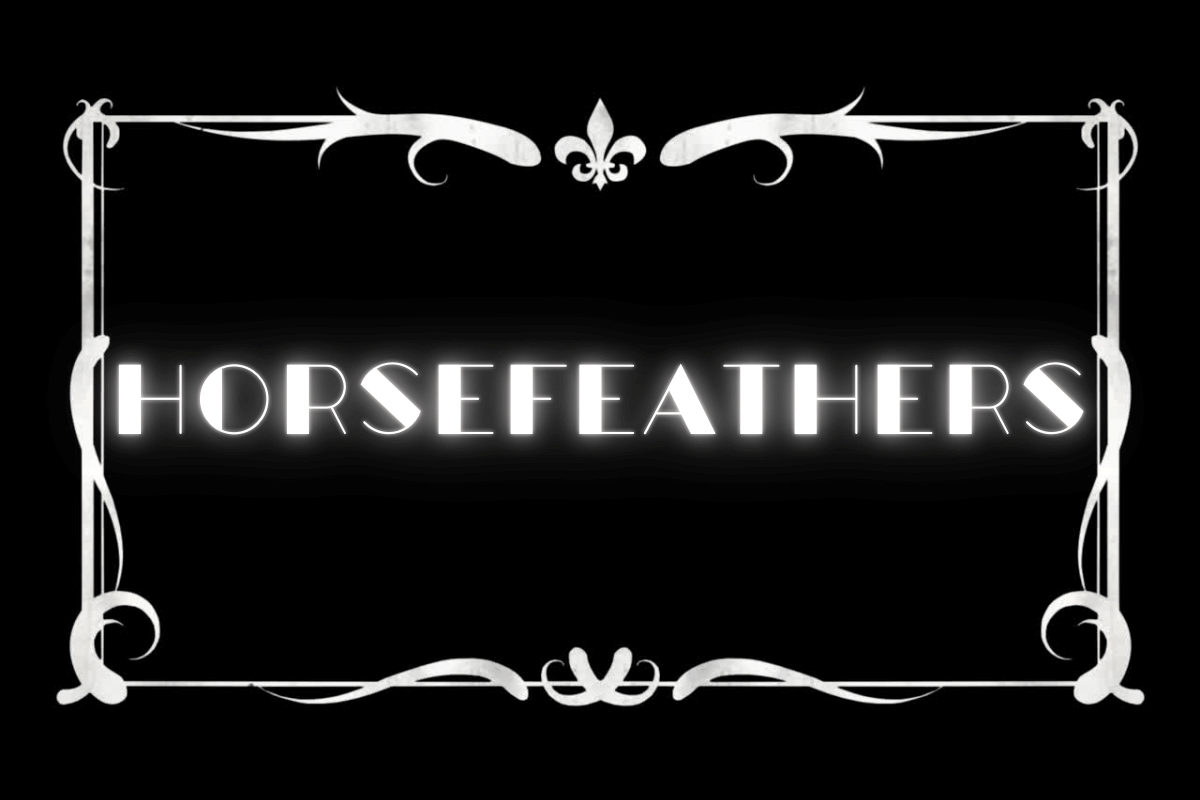
“Horsefeathers” is a quirky and fun slang term for nonsense, often used in the 1920s to call out something that seemed ridiculous or utterly false.
If someone said something you thought was totally implausible or just plain silly, you might exclaim, “That’s a load of horsefeathers!”
The term likely originated as a humorous exaggeration, combining the imagery of “horse” (a common, solid creature) with the light, insignificant “feathers” to convey the idea of something totally frivolous or unbelievable.
Its popularity surged during the Jazz Age and was often used in a playful, comedic context.
Examples in sentences:
- “Oh please, that’s just a bunch of horsefeathers!”
- “He’s telling us that story again? It’s pure horsefeathers.”
- “You think we can finish this project in one day? That’s horsefeathers!”
- “All that talk about a magic diet is just horsefeathers.”
- “She called my explanation horsefeathers, but I swear it was the truth!”
Phonus Balonus
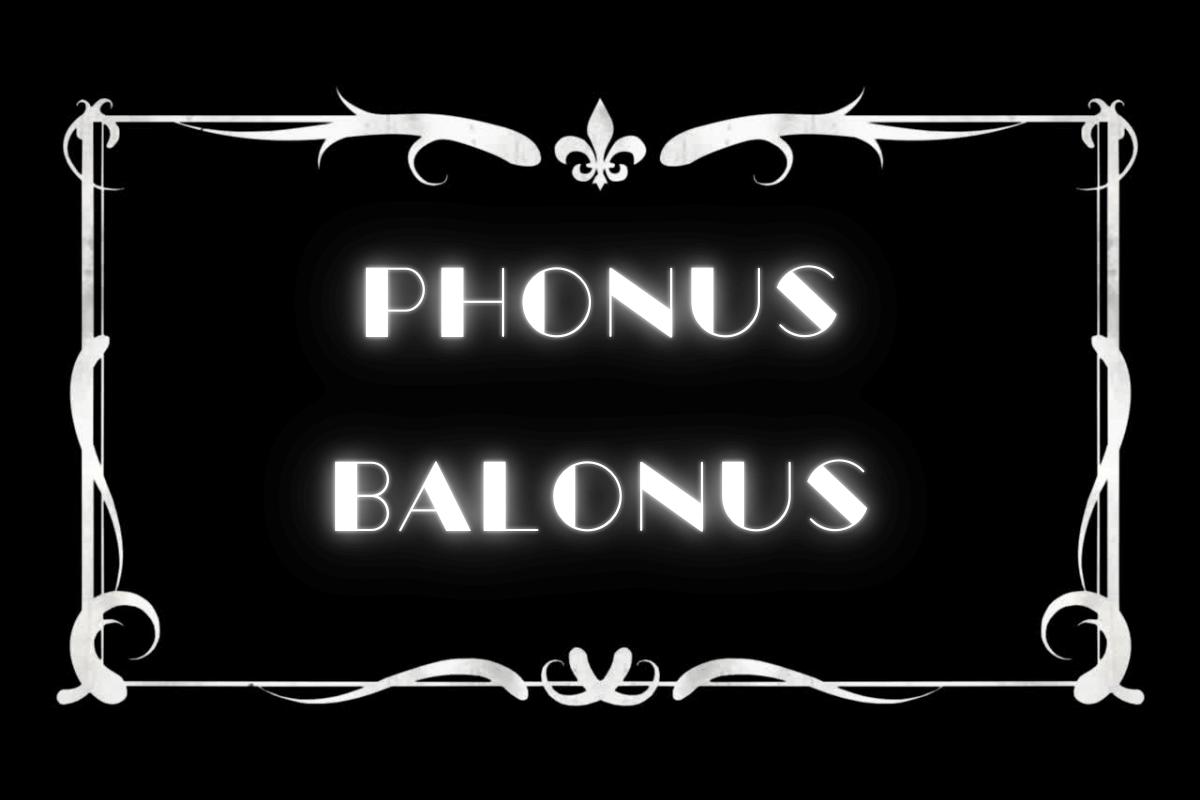
“Phonus Balonus” is a playful slang term from the 1920s that combines the sounds of Latin with a dismissive gesture toward nonsense.
This phrase was used to call out something as absolute rubbish, often with a tongue-in-cheek tone.
It’s a classic example of 1920s humor, blending mock-intellectualism with the desire to dismiss ridiculous ideas.
Though “phonus balonus” isn’t commonly used today, it was a fun, exaggerated way to accuse someone of speaking nonsense during the Jazz Age.
Its humorous sound made it a popular choice in movies and literature of the time, often used for comedic effect.
Examples in sentences:
- “Everything he’s saying about UFOs is just phonus balonus.”
- “Don’t listen to that phonus balonus about quick weight loss.”
- “She’s full of phonus balonus if she thinks that story will fly.”
- “That’s a lot of phonus balonus if you ask me.”
- “What a load of phonus balonus, he can’t possibly know that.”

